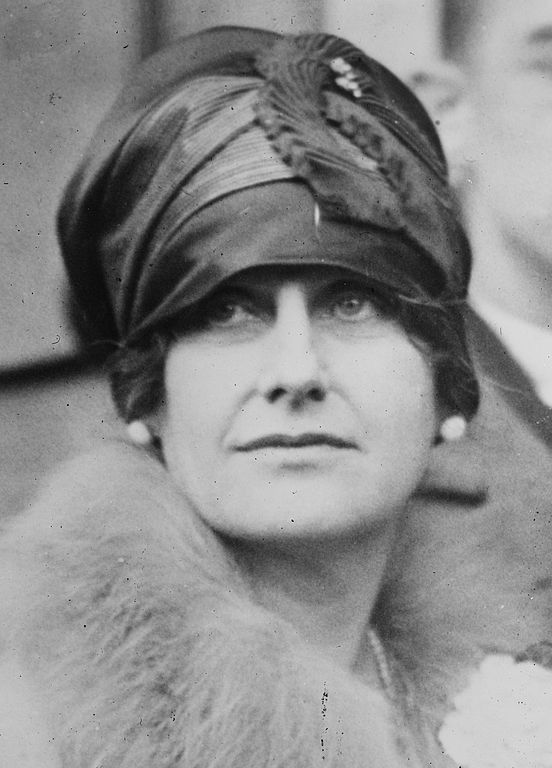
By Jim O’Neal
The history of female governors in the United States dates to 1909. Carolyn Shelton served as acting governor of Oregon for a weekend to fill a temporary void.
Next was Soledad Chacón, who served as New Mexico’s acting governor for two weeks in 1924. (She also has claim to the first Hispanic woman elected to statewide office in the U.S.) This was another temporary situation, but Chacón claimed responsibility for “substantial duties.”
The first woman actually elected governor was Nellie Tayloe Ross of Wyoming – elected in 1924 (four years after U.S. women won the right to vote) and assuming office in 1925. Her husband had been elected governor in 1923, but he died in 1924. Nellie Ross formally won the next election despite refusing to campaign.
Ross remains the only woman elected governor of Wyoming; she lost her reelection in 1926. However, her short stint served as a springboard to national politics. At the 1928 Democratic National Convention, she received 11 votes for VP on the first ballot. This convention was held in Sam Houston Hall in Houston, the first one held in the South since the Civil War.
New York Governor Alfred “Al” Smith ended up with the Democratic Party presidential nomination, despite being a Roman Catholic. His running mate, Joseph Robinson from Arkansas, holds the distinction of being the last U.S. Senator selected by a state legislature. (The 17th Amendment, adopted in 1913, changed the process by establishing a popular-vote selection.)
Later, in 1933, Franklin D. Roosevelt appointed Ross to director of the U.S. Mint. She was the first woman to hold that position as well. She died in 1977 at age 101, the oldest ex-governor (at the time).
 Intelligent Collector blogger JIM O’NEAL is an avid collector and history buff. He is president and CEO of Frito-Lay International [retired] and earlier served as chair and CEO of PepsiCo Restaurants International [KFC Pizza Hut and Taco Bell].
Intelligent Collector blogger JIM O’NEAL is an avid collector and history buff. He is president and CEO of Frito-Lay International [retired] and earlier served as chair and CEO of PepsiCo Restaurants International [KFC Pizza Hut and Taco Bell].
